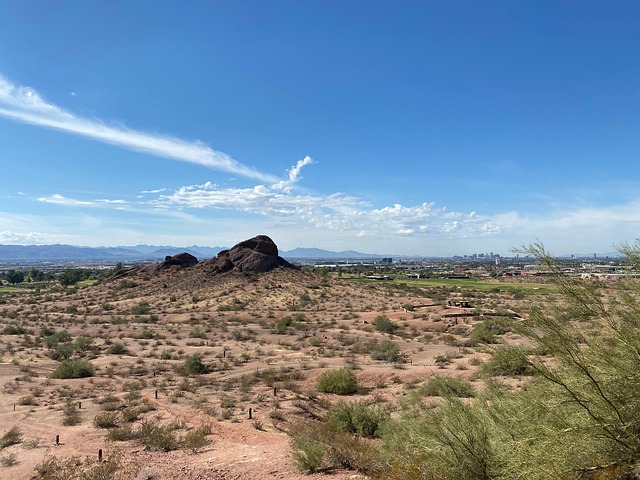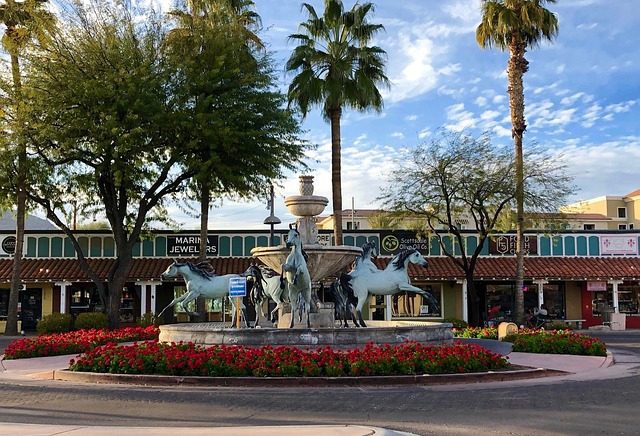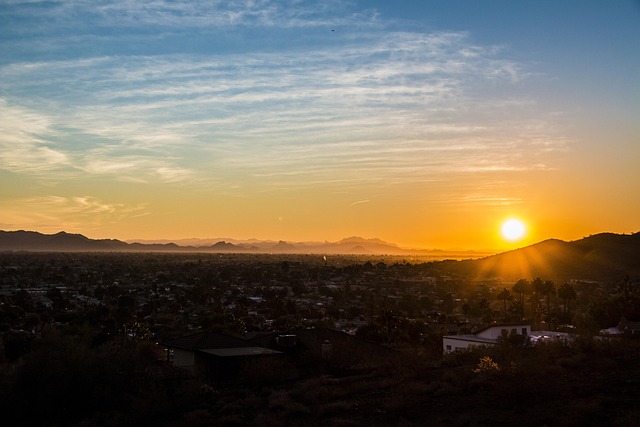The global rise of arts districts as a real estate trend is revitalizing urban spaces, transforming them into cultural hubs. Driven by goals of fostering creativity, stimulating economic growth, and enhancing quality of life, these neighborhoods attract developers, investors, and diverse individuals through strategic planning and public-private partnerships. Arts districts not only boost property values but also serve as vibrant gathering places for artistic appreciation, social connections, and local business economies, making them valuable assets to any community. Investing in art drives urban transformation, offering lucrative real estate opportunities while enhancing the cultural vibrancy of cities worldwide.
“Discover how dynamic arts districts are transforming urban landscapes and real estate markets. This burgeoning trend weaves together creativity, community, and commerce, creating vibrant cultural hubs. From the rise of gallery neighborhoods as sought-after real estate to their role in fostering diverse communities, this article explores the multifaceted impact. Uncover the strategies investors employ to capitalize on the artistic pulse of cities, unlocking untapped potential and shaping dynamic urban environments.”
The Rise of Arts Districts: A Real Estate Phenomenon

The surge in popularity of arts districts as a real estate phenomenon is transforming urban landscapes worldwide. Once overlooked industrial or commercial areas, these neighborhoods have evolved into vibrant hubs, attracting artists, galleries, and cultural institutions. This trend isn’t merely about aesthetics; it’s driven by a conscious effort to revitalize spaces, foster creativity, and drive economic growth.
Real estate developers and investors have recognized the potential of these areas, understanding their unique ability to attract a diverse range of businesses and residents. The transformation process involves careful planning, often involving public-private partnerships, to create spaces that support artistic expression while enhancing the overall quality of life for locals and visitors alike. This shift is reshaping cities, making them more dynamic, inclusive, and culturally rich.
Creating Vibrant Communities Through Cultural Spaces

The arts district, with its vibrant galleries and cultural attractions, serves as a pulsating heart for the community, fostering connections and creating a unique sense of place. These spaces go beyond mere exhibition halls; they become gathering places where diverse individuals come together to appreciate art, engage in meaningful conversations, and participate in shared experiences. The presence of such districts can significantly enhance the overall quality of life in an area, attracting not only locals but also visitors who are drawn to the rich cultural offerings.
In real estate terms, this translates into increased foot traffic, improved neighborhood dynamics, and even economic benefits for nearby businesses. As artists and cultural organizations settle and thrive within these districts, they contribute to a community’s social fabric, fostering a sense of belonging and community pride. This, in turn, can lead to higher property values and desirability, making the area an attractive prospect for residents and investors alike.
Investing in Art: Unlocking the Potential of Gallery Neighborhoods

Investing in art isn’t just about acquiring pieces; it’s a strategic move that can revolutionize urban landscapes. When it comes to real estate, gallery neighborhoods are emerging as dynamic hubs, attracting artists, collectors, and enthusiasts alike. This trend is transforming cityscapes by enhancing property values and fostering cultural vibrancy. The synergy between art galleries and residential or commercial spaces creates an environment where creativity thrives, making these areas highly desirable for investors and residents.
Gallery districts become the heart of a community, where people gather to appreciate art, participate in cultural events, and engage with artists. This cultural richness not only adds aesthetic value but also stimulates local economies. As a result, investing in real estate within these neighborhoods can be a lucrative opportunity, offering both financial gains and a unique lifestyle experience.






